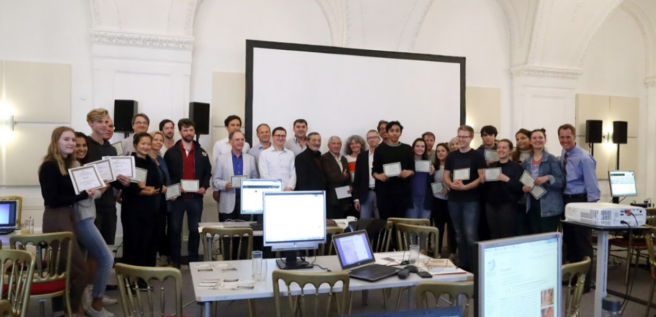The Enrich Europeana platform aims to make it possible for users to transcribe and enrich a wide variety of digital heritage collections. In this guest post, Ting Chung of the Austrian National Library – a project partner in Enrich Europeana – gives us an update on the launch of the project’s new crowdsourcing tool for transcribing, annotating, and georeferencing historical documents.

Transcribathon.eu is an online tool specially designed to enrich content from Europeana Collections, as part of the Enrich Europeana project. It allows people to transcribe and annotate cultural heritage material from Europeana Collections and national aggregator portals. Annotations made to content through this portal (also known as semantic enrichments) will be added to content in Europeana Collections and in aggregators’ or content providers’ portals.
The platform harnesses the power of the crowd to enhance digital cultural heritage and make it more accessible and searchable. Each transcribed word enables the more effective reuse of historical materials in research and education, and contributes towards preserving Europe’s cultural heritage.
The renewed platform was inaugurated on the 24th September 2019 through a special mini-transcribathon event at the Austrian National Library, with teams competing to transcribe documents from the Europeana 1989 Collection. The event was open to the public and we were delighted to welcome over 50 participants, as well as our introductory speakers Max Kaiser (Head of Research & Development, Austrian National Library), Harry Verwayen (Executive Director, Europeana Foundation) and Professor Wolfgang Mueller of the University of Vienna, who discussed the Fall of the Iron Curtain and the importance of crowdsourced material for the education and research sector.
Read the full article here: Europeana